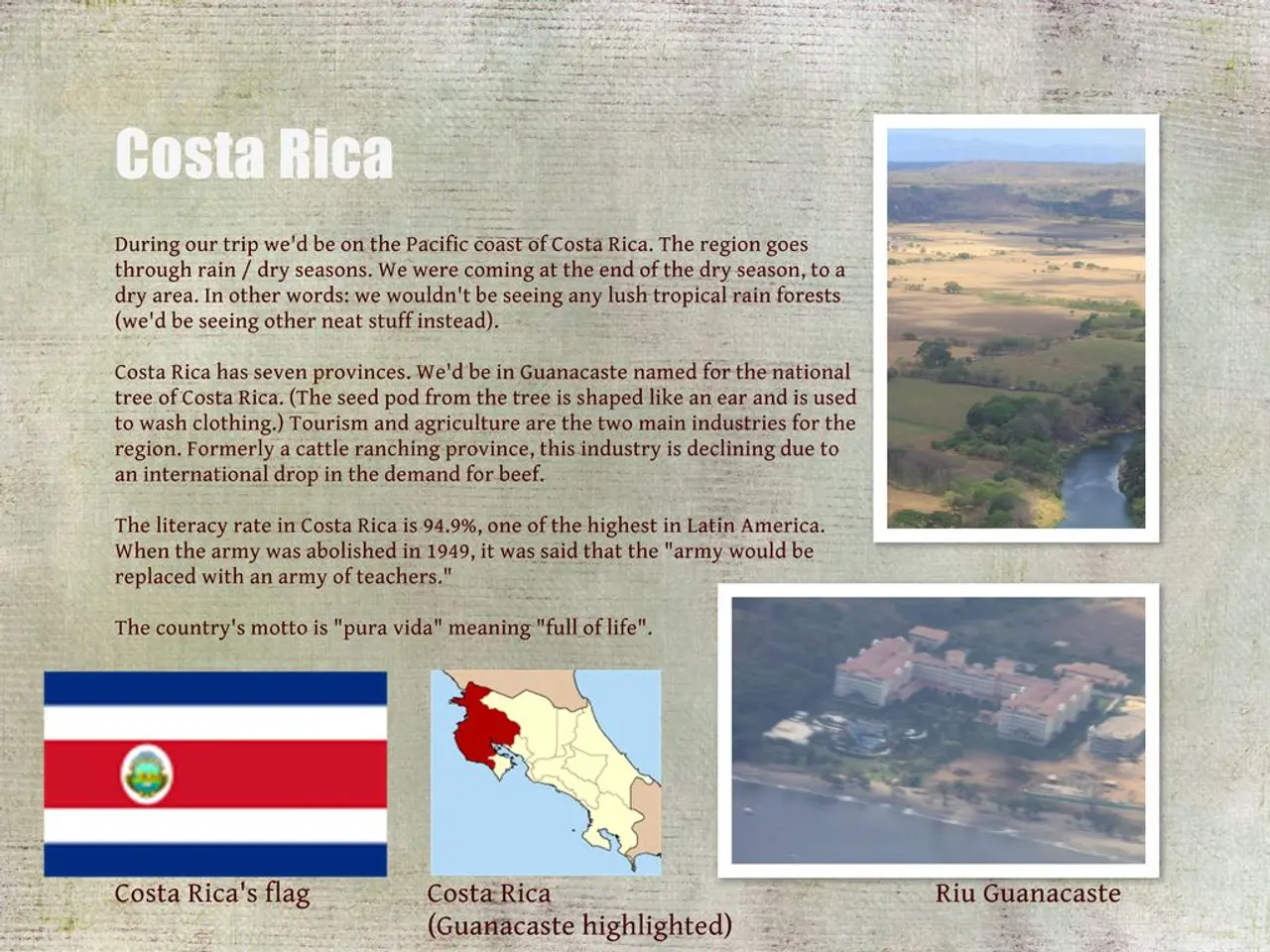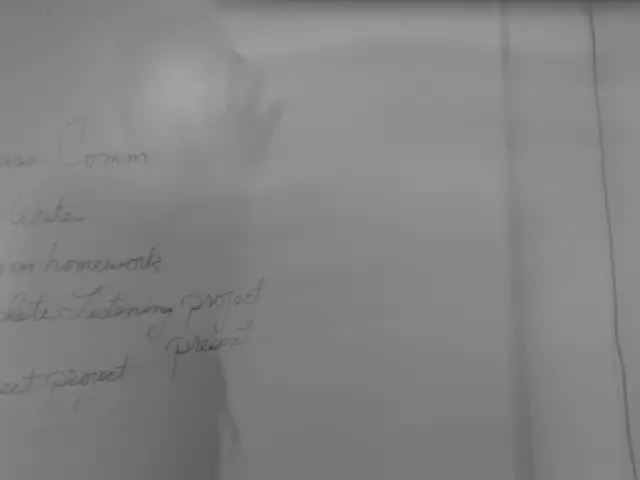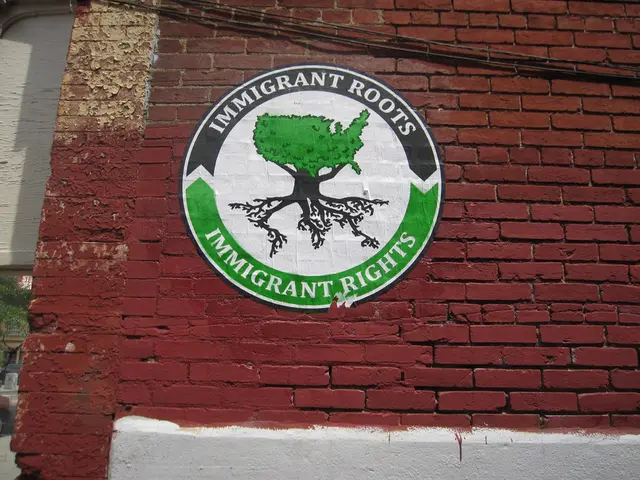Urban Pacific in Miniature: Playa Renaciente as a Compact Cityscape
In the heart of Colombia lies Playa Renaciente, a neighborhood with a rich history and a unique cultural blend. Nestled in the Navarro district, this community has a deep connection to the region that dates back to the abolition of slavery in 1851, when it was known as Puerto España, the port of Spain.
Playa Renaciente is a vibrant mix of Yoruba religion and Catholicism, coexisting harmoniously. This neighborhood, once a part of a city, was later declared rural in 2000. Despite this change, the community has remained resilient, organizing themselves into a cooperative since 1946. This cooperative has helped them secure official building permits and connection to urban infrastructure.
However, the community is currently facing a significant challenge. They are resisting a massive construction project and resettlement program by the city administration, Plan Jarillón. The neighborhood, home to approximately 200 Afro families, totaling 950 people, has been marked as a high-risk area for flooding, as it lies beyond the protective dam. Despite this, the city administration has not been able to offer them suitable land that could maintain their connection to the water.
The community's struggle has been a political battleground for many years. In 2008, politician Leonel Fernández visited Playa Renaciente and supported the prevention of the resettlement project. Vice-President Francia Márquez also attended this year's river procession in Playa Renaciente, surrounded by a dozen heavily armed bodyguards.
The community council of Playa Renaciente, known as the Ancestral Community Council of Negritudes La Playa Renaciente, was recognized by the Ministry of the Interior in 2007. Their territory was renamed as "Renaciente" which means "reborn," symbolizing the awakening of political and ethnic consciousness.
The community members are actively participating in a photography and exhibition project with the modern art museum La Tertulia in Cali, titled "Memories of the Cauca River and Their Voices of Resistance." This project showcases the community's traditions, such as Adeleida Mosquera performing a ritual in honor of the goddess Oshun, goddess of freshwater and wealth, and Edith Díaz, another member of the Consejo, showcasing a photo of painting a Marian statue, which is floated across the river on wooden rafts with music during the Virgin's Assumption.
Despite the ongoing struggle, the community remains hopeful. Juan Camilo insists that if the community negotiates, it will only be collectively. The community won a legal dispute that obliges the city to consult them on infrastructure projects. They continue to fight for their right to maintain their connection to the water and their cultural heritage, symbolized by the first bridge over the Cauca River, built in 1920.
In the face of repeated acts of violence and delays, the community's resilience remains unbroken. They continue to strive for a future where they can live harmoniously, preserving their unique culture and connection to the land and the water.
Read also:
- Tobacco industry's suggested changes on a legislative modification are disregarded by health journalists
- Trump's Policies: Tariffs, AI, Surveillance, and Possible Martial Law
- Uncovering Political Ad Transparency: A Guide to Investigating opponent's Political Advertisements in the Digital Realm
- Elon Musk praises JD Vance's debate performance against Tim Walz








